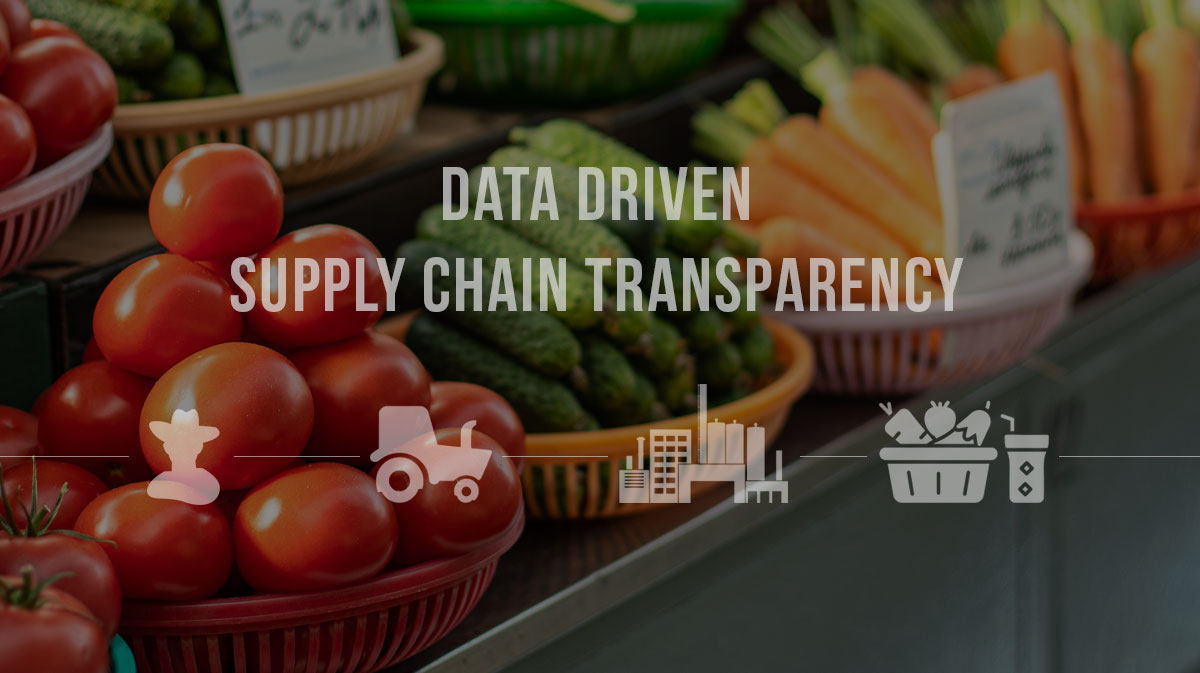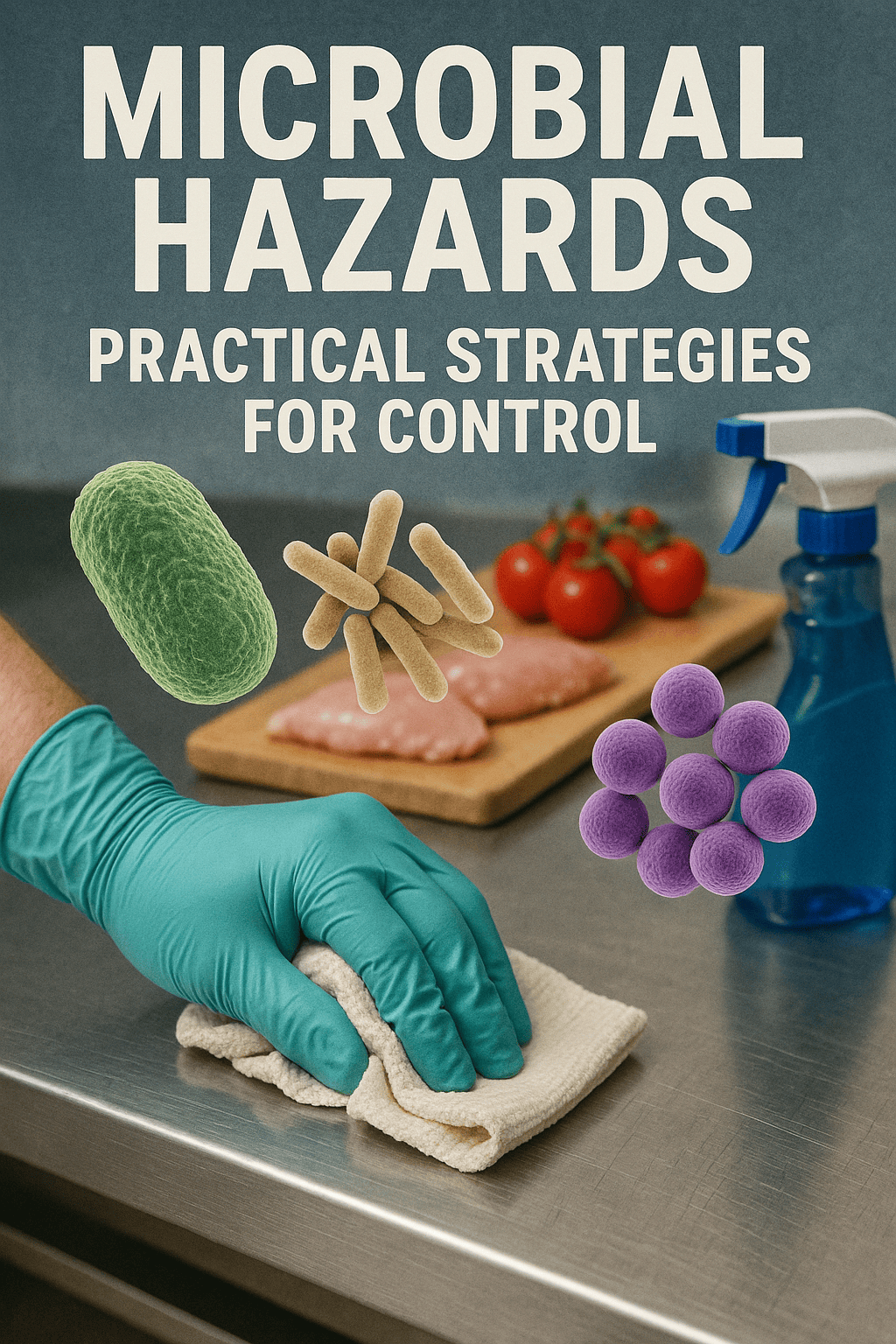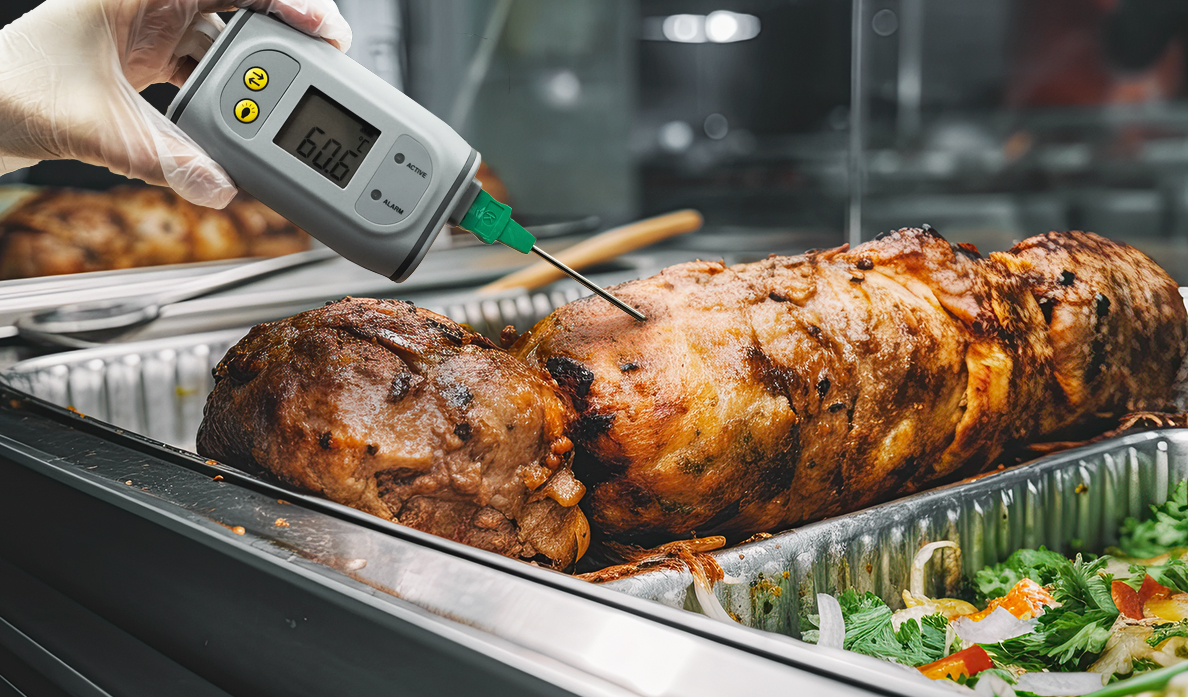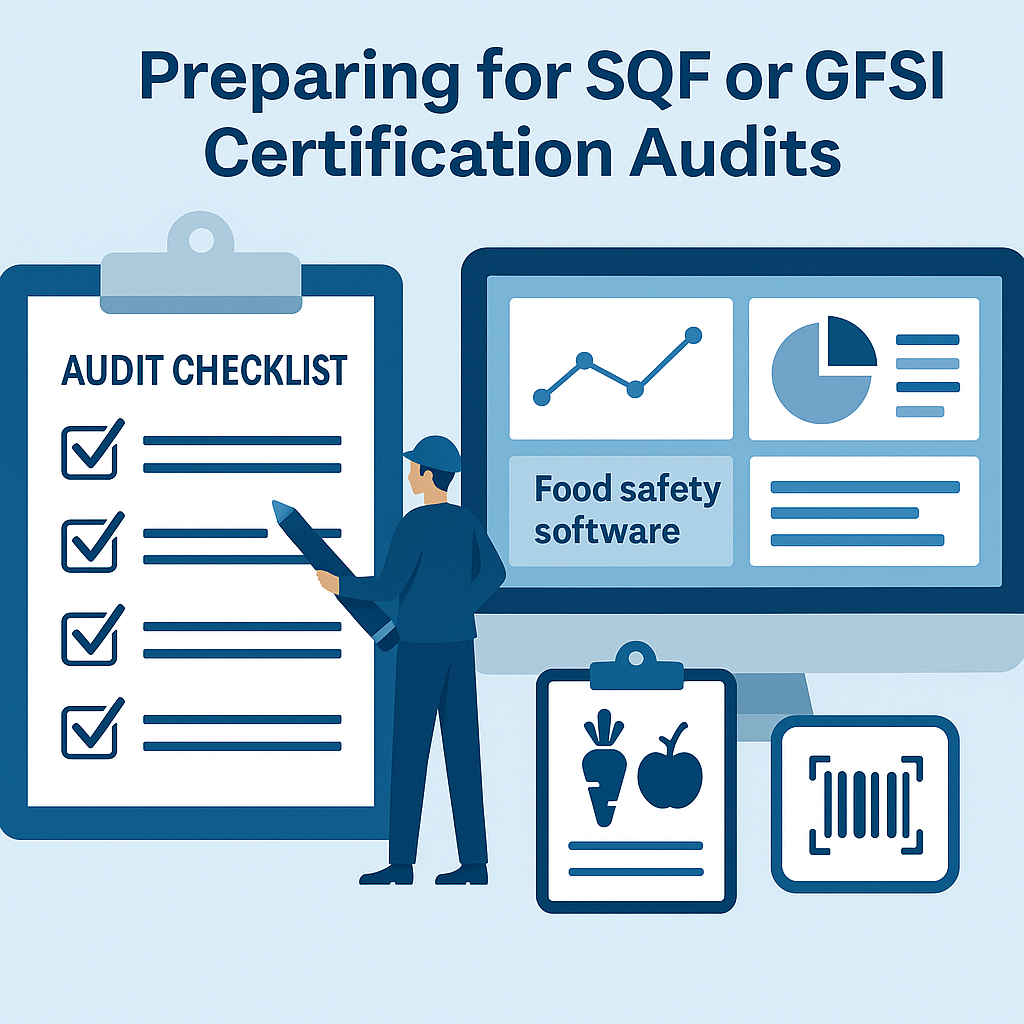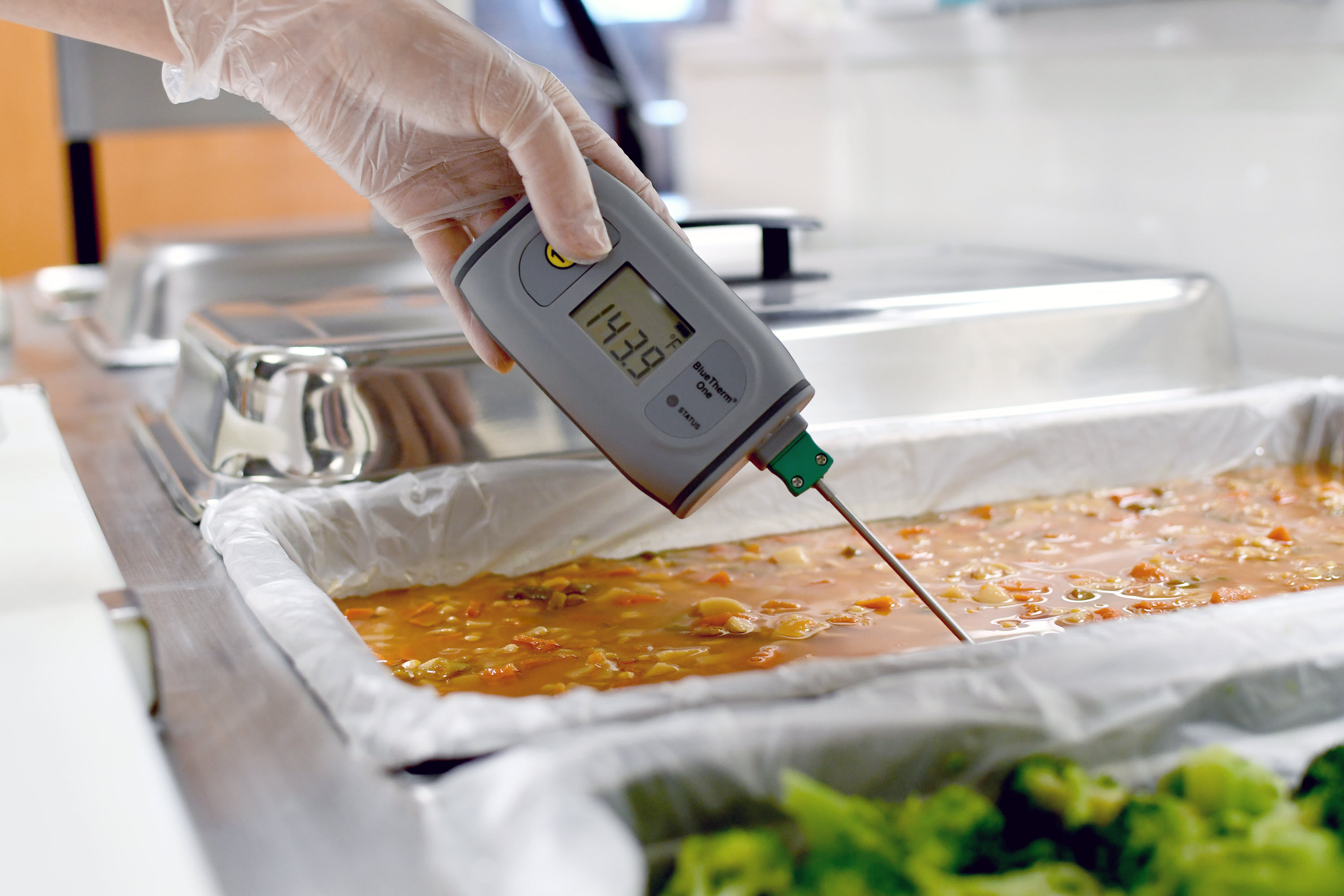The food industry is an intricate network that involves multiple steps from farm to fork, with numerous touchpoints that can impact the safety, quality, and traceability of products. As consumer demands for transparency and higher safety standards increase, food companies face growing pressure to enhance traceability and manage risks effectively. In response, many companies are turning to digital transformation to streamline processes, improve safety, and ensure accountability.
Digital technologies like food safety software and food traceability software are helping businesses address key challenges by providing real-time data, analytics, and visibility throughout the food production lifecycle. By integrating these technologies into their operations, food companies can track products from their origin to the end consumer, reducing the risk of contamination and recalls, and ultimately improving both safety and business performance.
In this blog post, we’ll explore how digital transformation enhances traceability and risk management in food production, the step-by-step approach to implementing these technologies, and the real-world impact of food safety software in enhancing supply chain resilience.
1. Real-Time Data Collection and Monitoring for Improved Traceability
One of the fundamental ways digital transformation enhances traceability is through real-time data collection. Traditional methods of tracking food products involve paper-based systems or siloed software that cannot provide up-to-date, actionable information. In contrast, digital traceability systems enable constant monitoring of every step in the food supply chain—from the sourcing of raw materials to the final product reaching the consumer.
Food traceability software uses sensors, RFID tags, barcodes, and GPS tracking to gather data on food items as they move through different stages of production. This information is then uploaded to a centralized digital platform, providing real-time visibility into the location, quality, and safety status of each product.
Example:
Consider a scenario where a batch of produce is contaminated with bacteria. Using food traceability software, a company can quickly track the exact source of the contamination, whether it occurred at the farm, during transportation, or at a processing facility. By knowing the precise location and origin of affected products, the company can take immediate action to remove the contaminated items from the market, preventing a large-scale food safety crisis.
Step-by-step approach:
- Deploy IoT devices to monitor environmental conditions like temperature, humidity, and storage times during transportation and storage.
- Implement RFID tags or barcodes on products to allow real-time tracking as they move through the supply chain.
- Centralize data using a cloud-based food traceability software system to make information easily accessible across departments.
- Set up alerts and notifications to proactively identify any risks or deviations from food safety standards.
By using real-time data collection and monitoring, food companies can respond faster to issues, maintain compliance with food safety regulations, and reduce the risk of contamination and fraud.
2. Faster Recall Management
Recalls are one of the most significant risks for food producers. A delayed or poorly managed recall can result in major financial losses, legal liabilities, and damage to a company’s reputation. Digital transformation plays a crucial role in speeding up the recall process and ensuring that affected products are removed from shelves as quickly as possible.
With food safety software and traceability systems, companies can quickly identify the affected batch, pinpoint where the product is located in the supply chain, and trace it to the consumer level. Digital tools automate the identification of impacted lots, generate alerts, and initiate communication with all relevant stakeholders, including suppliers, distributors, and retailers.
Example:
A manufacturer of packaged lettuce discovers that their product has been contaminated with E. coli. Using food traceability software, the company can immediately trace the contamination back to the farm where the lettuce was harvested, as well as track its distribution to various retailers and customers. Within hours, the company can initiate a recall for all impacted products, minimizing potential harm to consumers and reducing the financial impact.
Step-by-step approach:
- Create digital records for each product batch, linking them to RFID tags or barcodes.
- Establish an alert system within food safety software to immediately notify stakeholders of a potential issue.
- Automate communication to retailers and consumers about the recall, ensuring transparency and speed.
- Use data analytics to analyze recall patterns and improve response times for future incidents.
By leveraging digital tools to streamline recall management, food producers can significantly reduce the risks associated with product recalls, safeguard consumer health, and maintain brand trust.
3. Enhanced Risk Assessment and Predictive Analytics
Risk management is a critical component of food safety, and predictive analytics is at the forefront of improving this aspect through digital transformation. Food safety software integrates machine learning algorithms and data analytics tools to identify and assess potential risks before they materialize, enabling proactive measures to mitigate these risks.
For example, predictive models can analyze historical data on weather patterns, contamination outbreaks, and supply chain disruptions to anticipate potential food safety issues. These tools can also assess the likelihood of contamination based on factors such as storage conditions, transit times, and handling practices, allowing companies to identify weak points in their operations.
Example:
A food processor uses predictive analytics to monitor temperature data collected from trucks during transport. The system detects an anomaly—temperatures are consistently higher than they should be during transport in certain routes. Based on this insight, the company adjusts shipping routes or adds additional cooling systems to avoid potential spoilage or contamination, thus preventing a major risk to product safety.
Step-by-step approach:
- Integrate data from various sources (e.g., environmental sensors, transportation data, and historical records) into a centralized system.
- Implement predictive models to analyze the likelihood of risks such as contamination, spoilage, or supply chain disruptions.
- Monitor and review risk indicators regularly, adjusting safety measures as necessary to reduce exposure to potential threats.
- Test predictive models in real-world scenarios and refine them based on results to enhance their accuracy over time.
By implementing predictive analytics into food safety software, companies can take a proactive approach to risk management, enhancing their ability to prevent issues before they become major problems.
4. Streamlined Compliance and Auditing
Food safety regulations are continually evolving, and food producers must stay compliant with ever-changing standards to avoid penalties, legal issues, or consumer dissatisfaction. Digital transformation makes it easier to monitor compliance with regulatory standards and streamline auditing processes by automating tasks that were once done manually.
Food safety software can track compliance with various standards, such as HACCP (Hazard Analysis and Critical Control Points), FDA regulations, and international food safety standards. It enables food companies to generate digital records of inspections, audits, certifications, and safety checks, reducing the administrative burden and improving accuracy.
Example:
A food manufacturing company uses food safety software to track compliance with the latest FDA regulations for food labeling. The system automatically flags any discrepancies, ensuring that labels meet legal requirements before products are shipped to market. This automated process significantly reduces the risk of non-compliance and associated fines.
Step-by-step approach:
- Define compliance requirements based on relevant regulations, standards, and certifications.
- Automate data collection and document management using food safety software to ensure continuous tracking and compliance.
- Use real-time dashboards to monitor compliance status and identify any areas requiring attention.
- Implement automated audit trails to streamline internal and external auditing processes, ensuring accountability and transparency.
By using digital solutions for compliance tracking and auditing, food companies can not only reduce administrative overhead but also ensure consistent adherence to safety standards.
5. Improved Transparency and Consumer Confidence
Today’s consumers are more concerned than ever about the safety, quality, and sustainability of their food. As such, food companies are under increasing pressure to provide transparency into their operations and supply chains. Digital transformation offers a way to meet this demand by enabling food companies to share real-time data about their products with consumers, fostering trust and confidence in the brand.
Through food traceability software, businesses can offer consumers the ability to trace the journey of their food from farm to table. QR codes on product labels can link to detailed information about the product’s origin, handling, and safety standards, empowering consumers to make informed choices.
Example:
A dairy company uses food traceability software to provide consumers with a QR code on milk cartons. Scanning the code allows customers to view detailed information about the farm where the milk was produced, the processing facility, and the quality checks performed during production. This transparency not only improves consumer confidence but also helps the company differentiate itself in a competitive market.
Step-by-step approach:
- Integrate traceability software with product labeling systems to include QR codes or other digital identifiers.
- Provide real-time access to information about sourcing, production, and safety practices via a consumer-facing platform.
- Promote transparency by actively communicating the benefits of traceability and food safety practices to consumers.
- Use feedback from consumers to improve transparency efforts and address any concerns that arise.
By enhancing transparency, food producers can strengthen their relationship with consumers, enhance brand loyalty, and demonstrate a commitment to food safety.
Conclusion
Digital transformation is revolutionizing food production by improving traceability, enhancing risk management, and boosting consumer confidence. With the help of food safety software and food traceability software, companies can ensure real-time tracking, rapid recall management, predictive risk assessment, and improved compliance with safety standards. These technologies not only mitigate risks but also streamline operations, reduce costs, and foster consumer trust.
If you’re ready to take the next step in digital transformation, consider exploring how Normex's solutions can help you improve traceability, food safety, and risk management in your operations. For a hands-on demo, visit https://normex.ca/demo and see how our tools can benefit your business.
By embracing digital transformation, food safety professionals and C-level executives in the food industry can ensure that their products are safe, traceable, and compliant with the highest standards, ultimately leading to a stronger, more resilient food supply chain.



